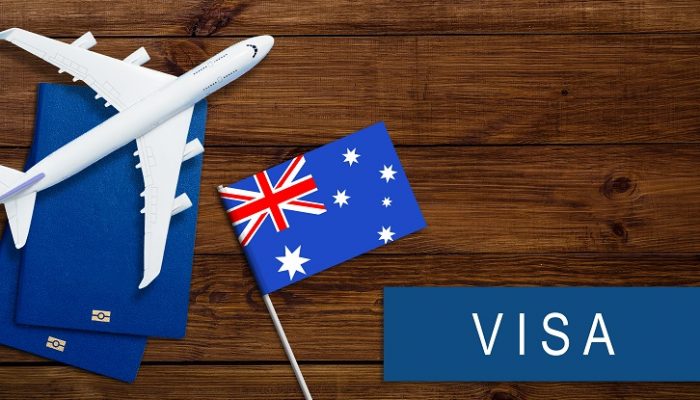The Australian Government has introduced significant changes since the Australian Government released its new Migration Strategy on 11 December 2023 as part of its extensive Review of the Migration System. One significant change assisting our clients is that employees who were sponsored on Temporary Skill Shortage (TSS)(subclass 482) visas can now apply for Australian permanent residency through the Employer Nomination Scheme (ENS) (subclass 186) visa program even if the overseas worker’s occupation appears on the Short-Term Occupation List.
The time of grant for a TSS subclass 482 visa on the Short-Term Occupation List is two years. The Australian Government reduced the amount of time of holding a TSS subclass 482 visa to be eligible to apply for permanent residency via the ENS subclass 186 Temporary Residence Transition (TRT)stream to two years, down from the previous three years.
This discrepancy has left a challenge to Short-Term 482 visa holders.
The Department of Home Affairs (DHA) have agreed that on a case by case basis Short-Term 482 visa holders may be able to apply for the ENS subclass 186 visa TRT stream ‘a few days’ prior to meeting the two year requirement.
However, it may be risky to apply for an ENS subclass 186 visa only a few days before the Short-Term 482 visa expires for the following reasons:
- The TRT stream requires the applicant to have worked in Australia for two years prior to lodging the ENS subclass 186 visa application. Therefore, this criteria might not be met if the applicant took a certain amount of leave or travelled during the two year period; and/or
- The applicant may have commenced work with the employer weeks or months after the TSS subclass 482 visa was granted and in this situation the applicant would therefore not meet the two-year requirement.
Thus, in some situations before nominating employees for Australian permanent residency via the ENS subclass 186 visa program, companies may need to sponsor overseas workers transitioning from Short-Term 482 visas for an additional year.
For advice regarding Australian visas and sponsoring skilled overseas workers, please do not hesitate to contact us at info@hartmanimmigration.com.au for Australian immigration assistance.
Disclaimer:
The information on this website is intended only to provide a summary and general overview on relevant matters. It is not intended to be comprehensive nor does it constitute legal advice. You are advised to seek legal or other professional advice before acting or relying on any of the content contained in this website.










